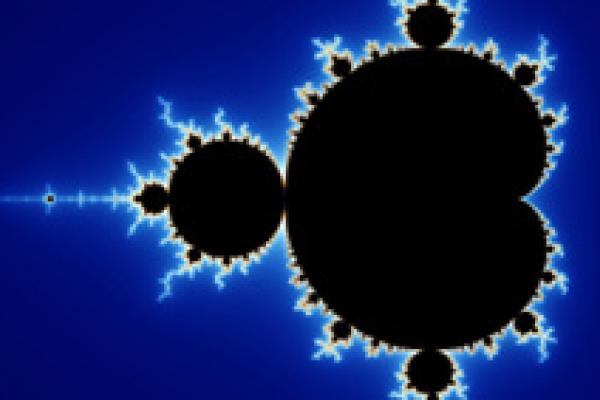Progress in pure mathematics has its own tempo. Major questions may remain open for decades, even centuries, and once an answer has been found, it can take a collaborative effort of many mathematicians in the field to check
that it is correct. The New Contexts for Stable Homotopy Theory programme, held at the Institute in 2002, is a prime example of how its research programmes can benefit researchers and its lead to landmark results.




